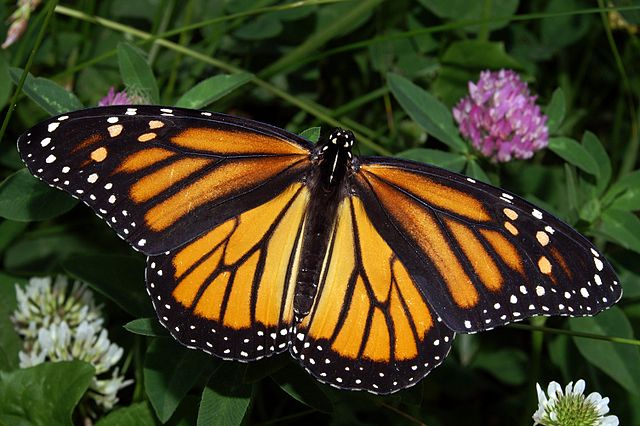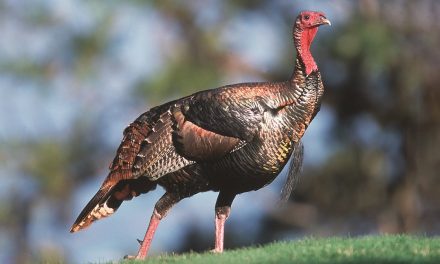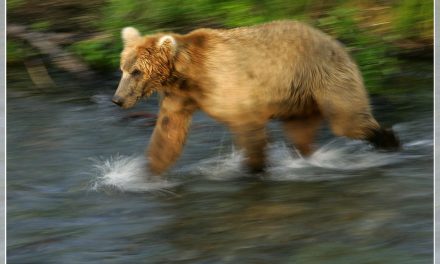Butterflies seem to be one of the most fragile of all creatures. Yet the stately monarch butterfly embarks on an annual migration of 2,000-3,000 miles from locations in the United States and southern Canada all the way to the highlands of central Mexico. Not only is the distance remarkable, but the millions of monarchs that overwinter in Mexico fly unerringly every year to the same conifer forest on the same mountaintops. Since they were born during the late summer or early fall in the U.S. and Canada, the generation that flies south has never before been in its Mexican habitat!
Unable to survive the severity of winters throughout most of their summer habitat, monarchs arrive in Mexico in late October through early November and settle into an environment that is not cold enough to cause them to freeze, but cool enough to keep them in a semi-dormant state until spring. In February and March, cued by rising temperatures and falling humidity, the monarchs mate and begin their long journey north and east. It is believed that the overwintering population reaches locations in Texas and Oklahoma before laying their eggs for the first generation of the summer, and dying.
Eggs are deposited on milkweed plants, the sole food source for monarch caterpillars. About two weeks after hatching from the eggs, caterpillars wrap themselves in a cocoon and following a 10-day period of metamorphosis, emerge as a full-fledged butterfly. The summer’s first, second and third generations move north during their two- to six-week lifespans. The year’s hardy fourth generation, however, will live six to eight months and undertake the journey south, overwinter, then fly north to lay the first eggs of the spring.
The Mexican overwintering colonies were first discovered in the 1970’s. Since the Rocky Mountains form a barrier to monarch migration, the North American populations are divided into an eastern group and a western group. It is the eastern monarchs that migrate to Mexico annually, while the far smaller western group overwinters along the central and southern coast of California. Monarchs are also found in other regions of the world: Australia, New Zealand, Hawaii and other south Pacific islands, the Caribbean, and on rare occasions, even western Europe. It is believed that monarchs originated in North America, however, and arrived in these other lands as boat stowaways or even borne by unusual wind patterns.
As intrepid as the migrating monarchs may be, scientists have noted a significant decline in the overwintering colonies during the past 20 years. Stands of milkweed throughout North America are decimated when land is developed and pastures and fields are sprayed with herbicides. Forests in Mexico are cut by the logging industry. Scientists are closely monitoring what effect climate change – in particular, our current hottest summer in 117 years – will have on monarch populations.
Natural Habitat Adventures’ conservation partner, World Wildlife Fund, is actively involved in preserving the monarch’s Mexican winter habitat through support of forest management and restoration, and sustainable tourism. You can participate in the latter through our Monarch Butterfly Tour to central Mexico, with departures in January through early March. And help sustain the miraculous monarch at home by planting milkweed in your yard next spring!






































I`ve been seeing quite a few of them lately! Guess I`ll be seeing more in the next few weeks. I know that they`re all hatching in time for the fall migration so I`ll tell my friends to be on the lookout!
BTW, I`m sure you noticed we`ve had an “invasion” of Red Admiral butterflies up here in the northeast earlier this summer!